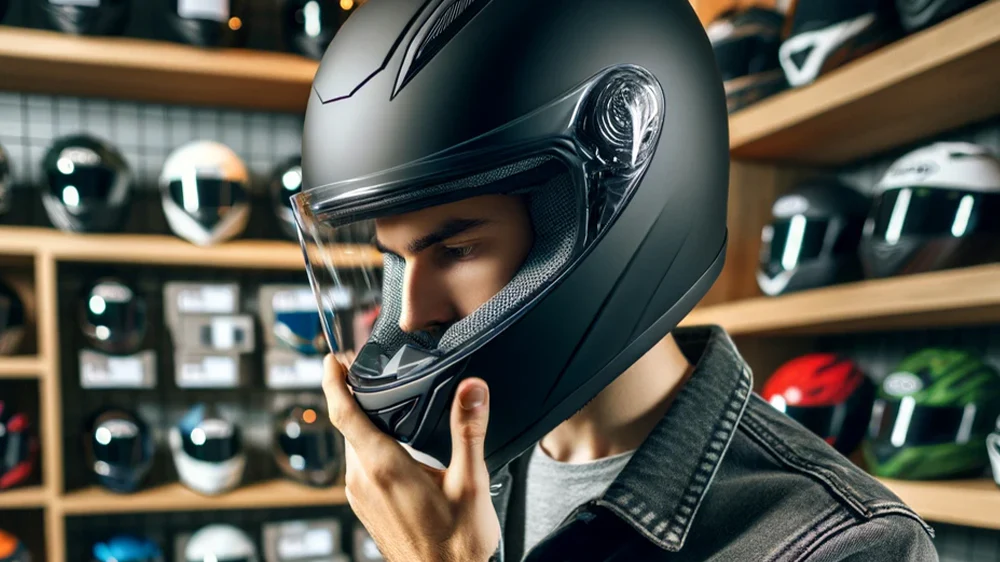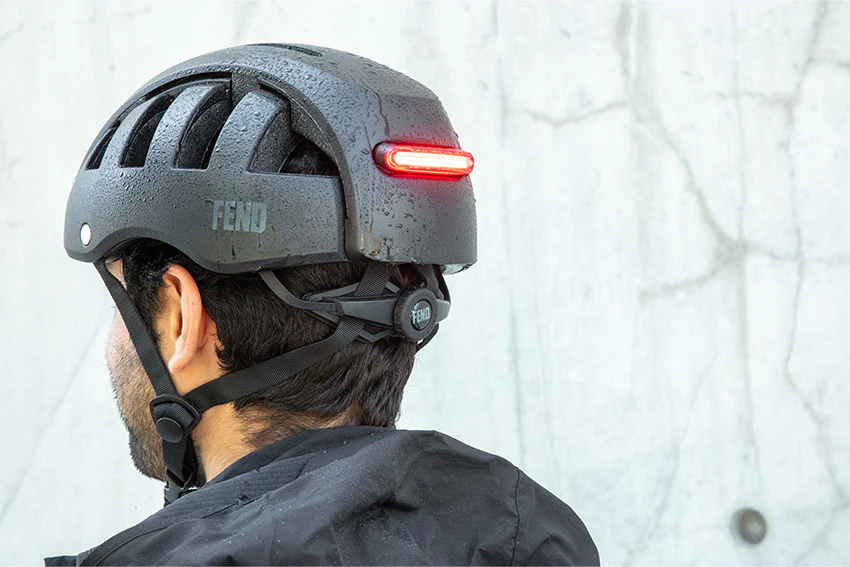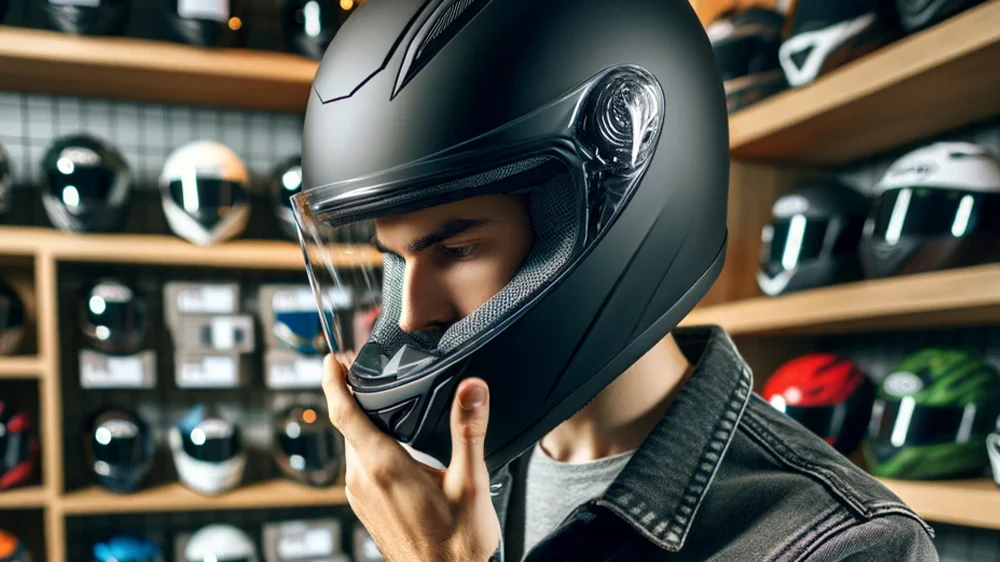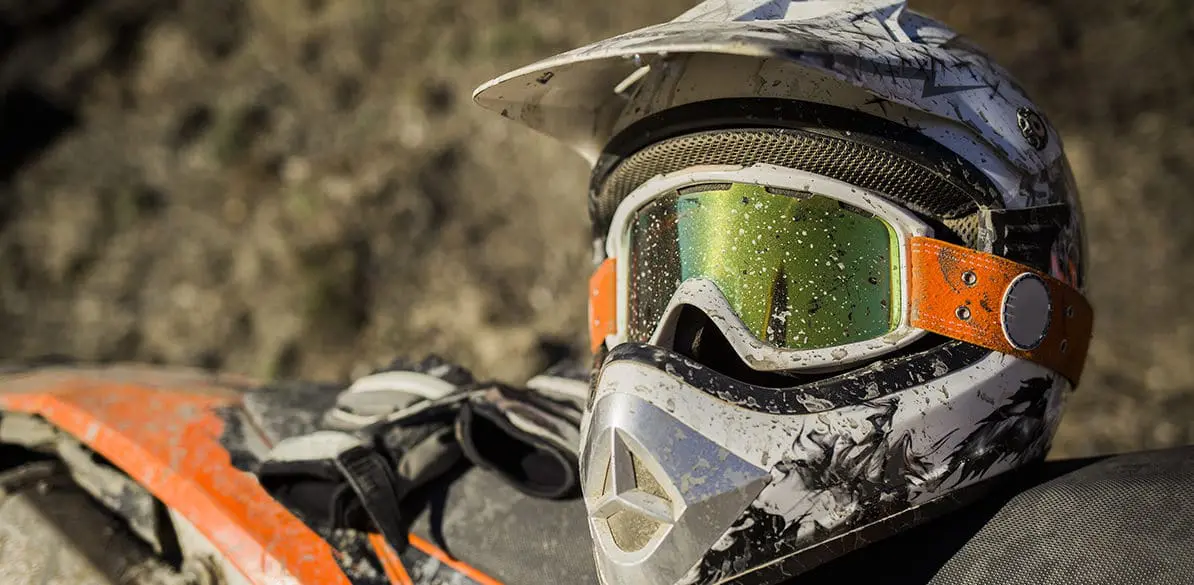Sports helmets are important for protecting your head during sports, but how well they work depends on the sports helmet materials used. Whether you’re cycling, playing football, or doing any other sport, the materials in a helmet help absorb impacts, keep you comfortable, and make the helmet last longer. In this article, we’ll explore the different sports helmet materials and how each one helps keep you safe and protected.
Key Materials in Sports Helmets
Sports helmets are typically made from a combination of materials that work together to offer impact protection, comfort, and longevity. The most common materials include outer shells, inner foam layers, padding, and chin straps. Let’s break down these key components:
1. Outer Shell Materials
The outer shell of a helmet is the first line of defense against impact. It absorbs and distributes the energy from a collision, reducing the force that reaches the skull. The most common materials used for the outer shell include:
Polycarbonate (PC)
Polycarbonate is one of the most popular materials used in sports helmets due to its strength and lightweight properties. It is a durable thermoplastic material that can withstand impacts and is resistant to cracking. Polycarbonate helmets are commonly used in cycling, skateboarding, and other action sports.
ABS Plastic
Acrylonitrile Butadiene Styrene (ABS) is another commonly used material for helmet shells. ABS plastic is tough and impact-resistant, making it an ideal choice for sports like football, hockey, and skateboarding. It’s known for being lightweight and providing a good balance between cost and performance.
Fiberglass
Fiberglass is stronger and more rigid than polycarbonate and ABS, making it a great choice for high-performance helmets, such as those used in motorcycle racing or sports that require additional durability. While heavier than polycarbonate, fiberglass offers superior impact resistance and is often used in premium helmets.
Carbon Fiber
Carbon fiber is one of the most advanced and high-performance materials used in sports helmets. It is extremely lightweight, yet incredibly strong. Carbon fiber helmets are often used by athletes in extreme sports where both weight and strength are crucial, such as in cycling or racing. These helmets provide excellent protection while minimizing weight.
2. Impact-Absorbing Foam
The foam inside a helmet plays a key role in absorbing the energy from an impact, reducing the force transferred to the skull. Several types of foam are commonly used in sports helmets:
Expanded Polystyrene (EPS) Foam
EPS foam is the most commonly used impact-absorbing material in sports helmets. It is a lightweight, closed-cell foam that compresses upon impact, absorbing the energy and reducing the risk of injury. EPS foam is used in most bicycle helmets, football helmets, and skateboarding helmets. It’s cost-effective and offers great protection but is typically a one-time-use material—meaning it must be replaced after a major impact.
EPP Foam (Expanded Polypropylene)
EPP foam is similar to EPS foam but has the advantage of being more durable and resistant to repeated impacts. It is often used in helmets designed for multiple impacts, such as those in motorsports or sports like skiing and snowboarding. EPP foam doesn’t compress as easily as EPS foam, allowing it to retain its protective properties over time.
Viscoelastic Foam
Viscoelastic foam is a type of foam that combines the properties of both soft and hard materials. It softens upon impact, providing more cushioning and absorbing energy effectively. Viscoelastic foam is often used in combination with EPS or EPP to enhance the comfort and protection of high-end helmets.
3. Inner Padding and Comfort Materials
For a helmet to be truly effective, it needs to be comfortable enough to wear for extended periods. The inner padding helps to ensure a snug fit and prevent discomfort during use. Some common materials used for padding include:
Foam Padding
Soft foam padding lines the interior of many helmets for added comfort. It helps to reduce the pressure on the head and provides a snug fit, preventing movement within the helmet. These pads are often removable and washable, allowing athletes to maintain a clean and fresh helmet.
Memory Foam
Memory foam is a popular option in high-end helmets due to its ability to mold to the shape of the wearer’s head over time. This helps to improve comfort and ensure a custom fit, making it an ideal choice for helmets in sports like cycling, skiing, and motor racing.
Cooling and Moisture-Wicking Materials
To enhance comfort during intense activity, many helmets include moisture-wicking liners or ventilation pads that keep the head cool and dry. These materials help wick away sweat and reduce heat buildup, keeping athletes comfortable even during long sessions or competitions.
4. Chin Straps and Buckles
While the chin strap may seem like a simple part of the helmet, it plays an important role in ensuring a secure fit. The strap material and fastening system contribute to the overall effectiveness of the helmet:
Nylon Webbing
Nylon is the most commonly used material for chin straps. It is strong, flexible, and resistant to wear and tear, ensuring that the helmet stays securely in place during sports activities. Nylon straps are often adjustable for a better fit.
Polyester
Polyester chin straps are also used in some helmets. While slightly less flexible than nylon, polyester is still strong and durable, offering a reliable fastening system.
Metal Buckles
Most helmets use plastic or metal buckles for chin strap adjustment. Metal buckles are often used in higher-end helmets due to their added strength and durability, providing a more secure fit.
5. Ventilation and Cooling Materials
Ventilation is crucial in keeping athletes comfortable, especially during high-intensity activities. Many helmets have strategically placed air vents to increase airflow and prevent overheating. The materials surrounding these vents may include:
-
Mesh Fabrics: Used in padding to allow for breathability and moisture management.
-
Vent Covers: Some high-performance helmets come with removable vent covers for varying weather conditions, such as rain or snow.
6. Additional Materials and Technologies
Some advanced helmet technologies and materials are becoming more common in modern helmets to enhance both performance and safety:
MIPS (Multi-directional Impact Protection System)
MIPS is a technology designed to reduce the rotational forces that can occur during an impact. Helmets with MIPS use a low-friction layer between the helmet shell and the inner foam to allow for controlled movement upon impact, helping to reduce the risk of brain injuries.
WaveCel Technology
WaveCel is a unique helmet technology that uses a flexible, collapsible cellular structure to absorb impact. It is used in some high-end cycling helmets and has been shown to provide better protection than traditional EPS foam in certain types of impacts.
Conclusion
The materials used in sports helmets are crucial for both safety and comfort. From the outer shell to the inner foam and padding, each component works together to protect the athlete while ensuring a comfortable and secure fit. Understanding these materials can help athletes make informed decisions when selecting a helmet, ensuring they get the best protection for their sport. Whether you’re cycling, playing football, or engaging in any other sport, the right materials can make all the difference in both your safety and overall performance.









